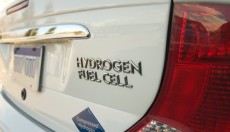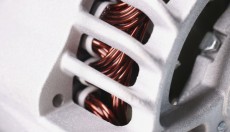On Oct. 13, the Dutch government took control of Nexperia, a semiconductor manufacturer owned by mainland China's Wingtech.. This intervention aims to safeguard critical technological capabilities in the Netherlands and Europe, as approximately 80% of Nexperia's production capacity is based in mainland China, raising alarms about potential supply chain disruptions in the automotive industry.
Who is exposed?
While German original equipment manufacturers have been the first to raise the alar...
AutoTechInsight




























































































